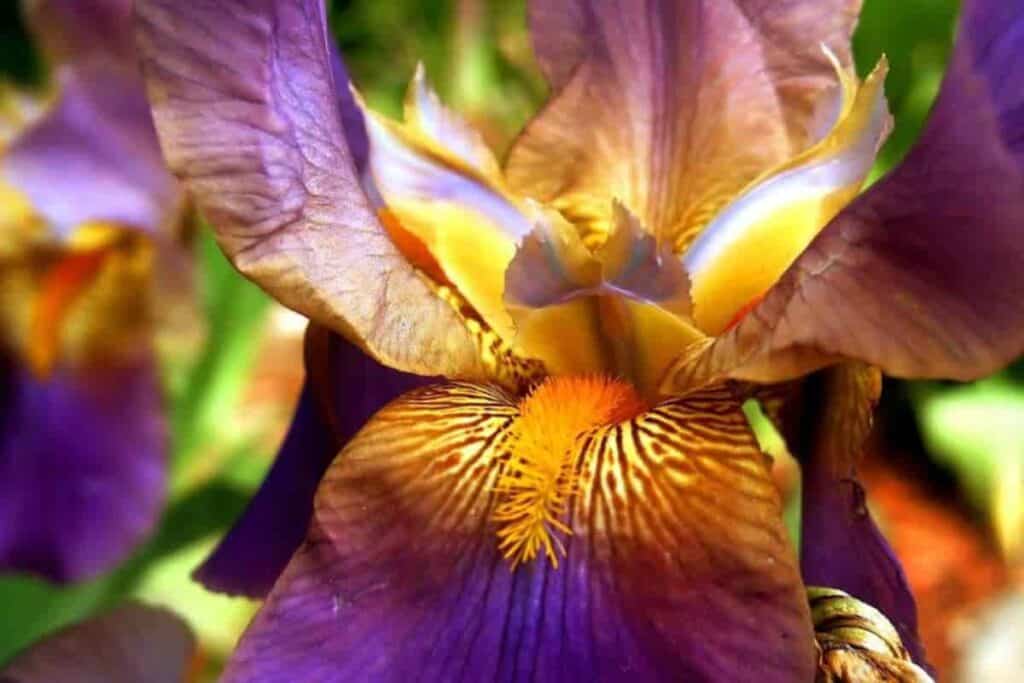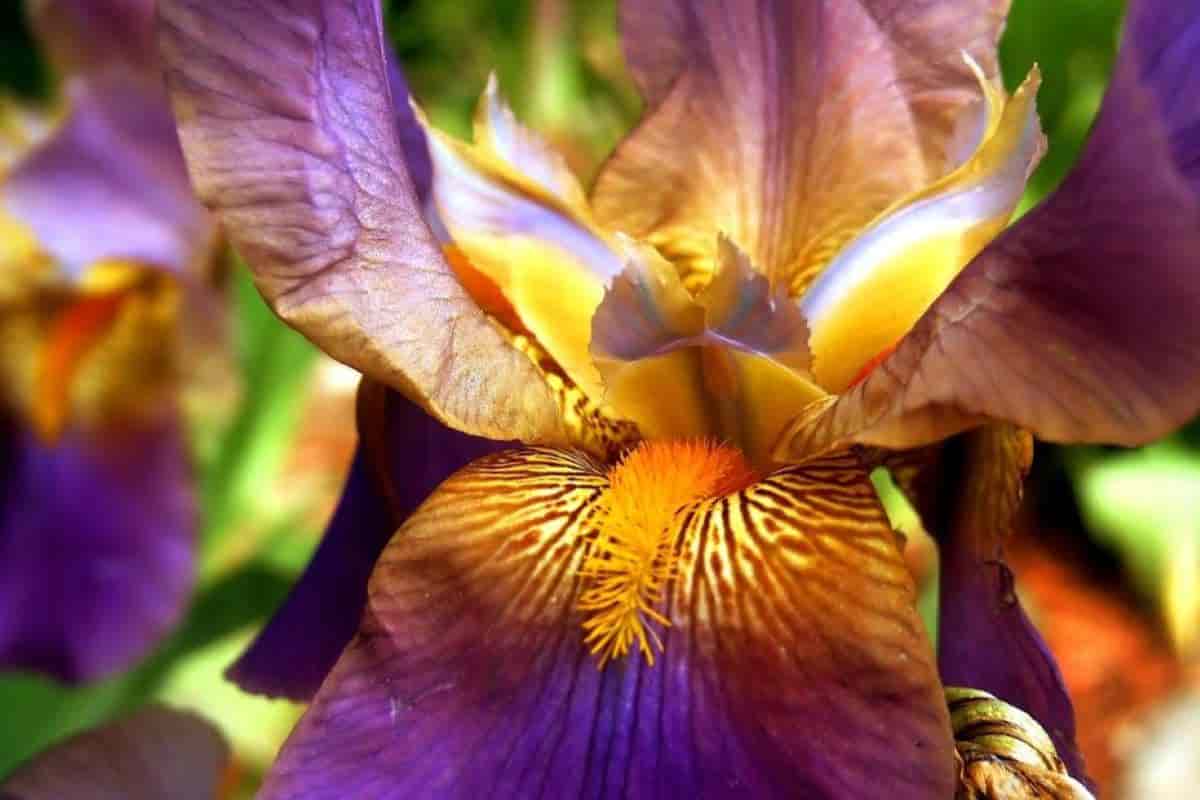Perennials are the heart of the garden. They feel the urge to grow with the first breath of spring.
Without effort, new shoots push through the still cold, wet soil, harbingers of promising beauty yet to come.

In selecting perennials, some of the old-fashioned kinds should have a place, yet there is a challenge with the newer ones.
Every time we learn to grow an unknown, our garden knowledge increases. And many are of such beauty we should strive to succeed with them.
In making a list of perennials, peonies should be at the top. They are satisfied throughout the growing year and will remain permanent residents, never failing to produce a wealth of blooms.
New Varieties of Perennials
Among the newer varieties are Le Cygne, Baroness Schroeder, and Festiva Maxima, all white, the last flecked with red.
Martha Bullock, Walter Faxon, and Therese are delicate pinks, while Longfellow and Burma are strikingly brilliant reds.
Some Japanese types have unusual colors, such as Minnekada with a lavender collar and a flame-red center.
Lilac Time is a rich lavender lilac. When planting peonies, remember not to set the roots deep. The eye or pink growing tip should not have more than 1 ½” inches of soil over it.
Bearded Iris
No garden is complete without a bearded iris. The color range is from white to the deepest purple, with delicate shading and multiple tones.
Modern varieties are vastly better in color range, bloom size, and sturdiness. There are so many choices the gardener should turn to the iris grower’s descriptive list, selecting the ones that strike his fancy.
Daylilies in Garden
Better yet, if a nearby nursery has a large collection of iris, visit it when the several species are in bloom.
Daylilies are almost a must in a garden. They are dependable, easy to grow, and free from trouble.
In the past, yellow and orange were the only colors, but today the blooms range from rich yellow and gold to shades of orange, bronze, apricot, peach, red, pink, and red-purple.
And the bloom period now extends from May throughout the summer and into September.
Probably the best method of selecting varieties is to visit a nursery specializing in daylilies so you may judge the ultimate height, time of bloom, and color.
Other Perennials To Plant
Other perennials deserve a place. New varieties of phlox have larger florets and richer colors.
Elizabeth Arden is a favorite in salmon pink. White Admiral is a clear white with larger flower heads, while Brigadier is a bright rose.
Though not commonly grown, Physostegia virginiana, the false dragonhead, is a delightful contrast.
The panicles of gaping flowers in white, purple, or rose open successively on the spike providing a long season of bloom.
Most often planted is the variety alba (illustrated on the back cover) with pure white blossoms that are pleasing.
Biennials
Some gardeners feel biennials are scarcely worth bothering with since they bloom only one year, yet this group of plants provides some of the richest colors in the garden.
Actually, most flowers we call biennials are short-lived perennials that would bloom for more than one year if they received proper care.
English Daisy
If sweet William flowers, usually grown as a biennial, are cut off before seeds are set, they will live and blossom for two, three, or more years, giving larger and richer displays each year.
English daisy is another plant, now treated as a biennial, that will bloom for several years with proper care.
Canterbury Bells and Cup and Saucer
Ranking among the showiest and certainly among the most popular are Canterbury bells (Campanula medium) and cup and saucer (C. chrysanthemum).
Both fit well into the perennial border, giving a wealth of bloom in late spring and early summer.
If the faded blossoms are cut off, flowering will continue for several weeks, even into September. Both come in clear white, pink, and several shades of blue.
Foxglove
Another delightful biennial is foxglove (Digitalis purpurea), considered a short blooming perennial. However, if grown in rich, humusy soil, the bold spikes will continue to produce flowers for four or five weeks.
The faded blossoms must be removed for this wealth of color. Use both Campanula and Digitalis in full sun for the best results.
Some of the newer foxglove hybrids, such as Excelsior and Shirley, give a broad spectrum of bell-like flowers, especially effective when grown with delphinium.
Hollyhock
A garden without hollyhocks seems not yet of age. Althea rosea, better known as hollyhock, gives age and a patina to the garden not achieved by any other flower.
Since hollyhocks are tail, bold plants, they should be given ample space for a full display of their beauty.
In one garden, hollyhocks are planted behind a low wall with the rest of the gained in front of it.
This treatment is particularly effective because the lower leaves, frequently attacked by rust, are hidden from view without sacrificing the rich rainbow of color hollyhocks provide.
Both the single and double-flowering kinds are desirable.
Anchusa
Another perennial often handled as a biennial is anchusa.
The pure blue flowers of A. italica are a distinct addition to any perennial garden. The most popular variety is Blue Bird.
Preparing the Perennial Garden
To save later problems and ensure good growth and continuous bloom, prepare the soil well before planting the perennial garden.
First, choose a location that has good air and soil drainage. Turn the soil deeply, working in compost or humus, and 10 pounds of a 5-10-5 for every 100 square feet.
Double-work it and let it stand for a few weeks before planting.
All this may seem like a lot of work, but it needs to be done only once while the colorful blooms will be continually produced year after year. You will be well repaid.
44659 by Peter Tew
